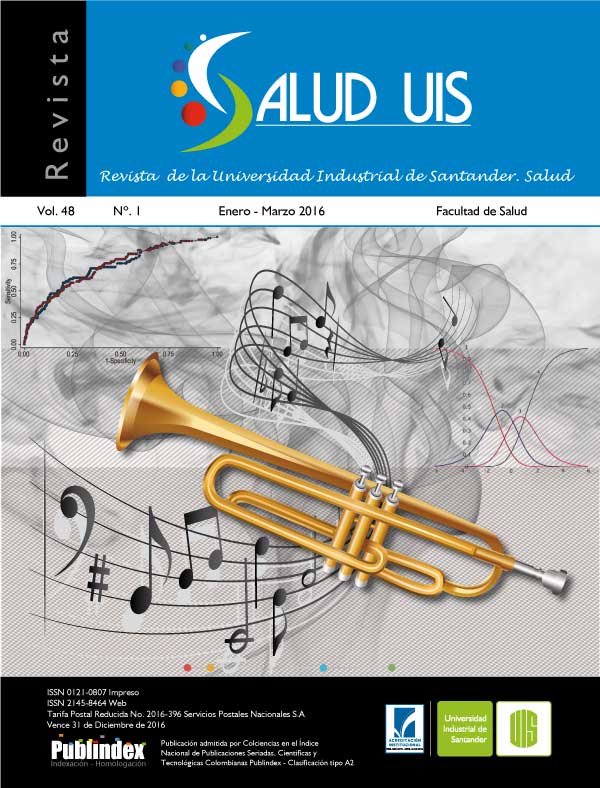Abstract
Introduction: Deprived of freedom persons, diagnosed with tuberculosis are isolated to prevent transmission to other inmates or guards, this situation gives meanings that can help in designing programs to control tuberculosis in prisons. Objective: To understand the meaning that deprived freedom people give to isolation, which they must be submitted in the treatment of tuberculosis. Methodology: qualitative research with ethnographic approach was used, 14 interviews and 400 hours of observation were performed. Field diary was carried. Findings: Jailed persons diagnosed with tuberculosis are taken to a place of isolation that promotes healing and at the same time generates discrimination. The isolation is considered a “lock on the closure.” This brings physical, socio-cultural and psychological consequences. To reduce the impact of persons deprived of liberty they seek distraction and when they see signs of recovery take it easy. Conclusion: isolation is seen from two perspectives: the comfort and having to endure the confnement and discrimination. Generates conficts and alteration in the physical and mental health.
Se autoriza la reproducción total o parcial de la obra para fines educativos, siempre y cuando se cite la fuente.
Esta obra está bajo una Licencia Creative Commons Atribución 4.0 Pública Internacional.
